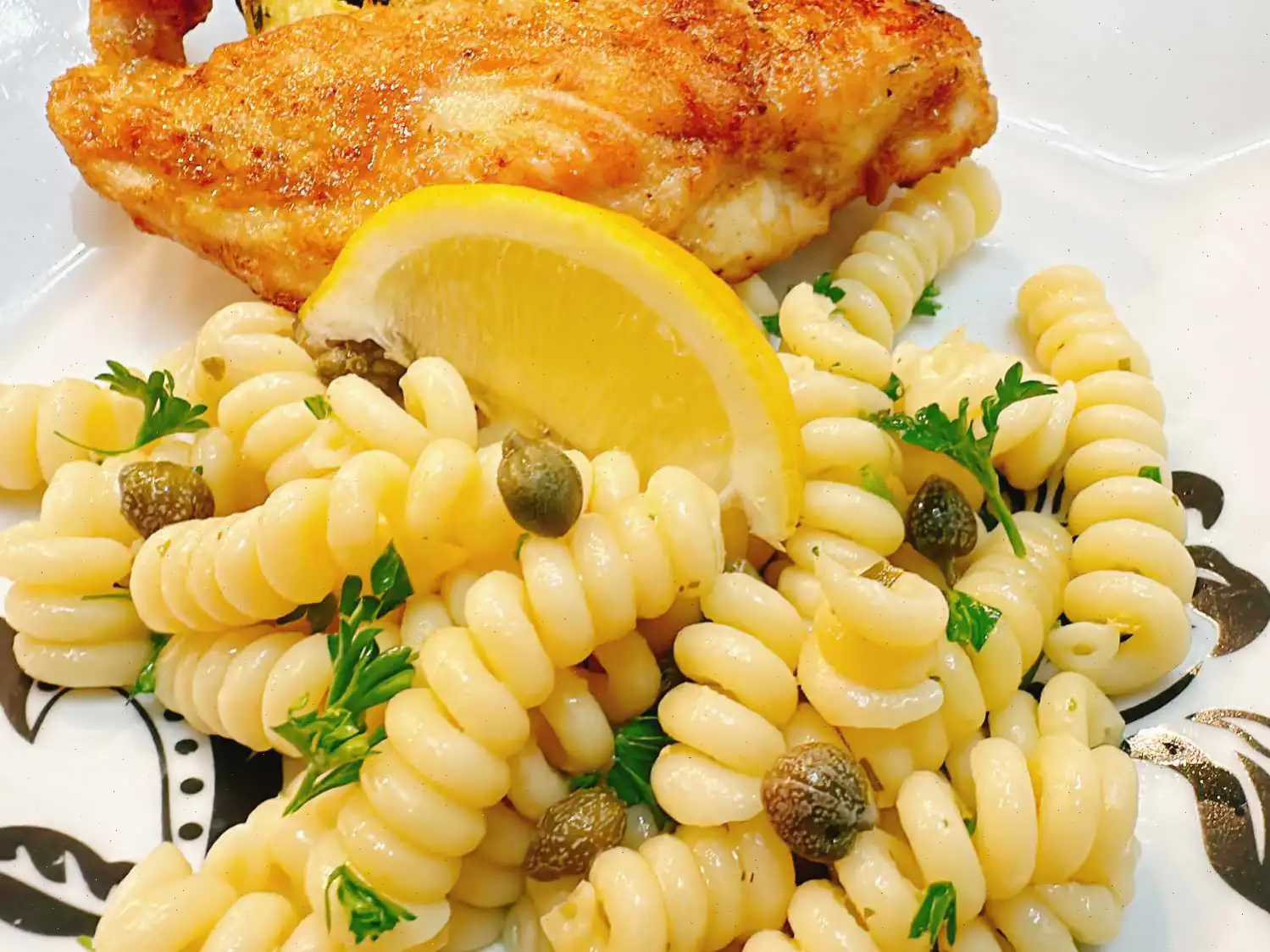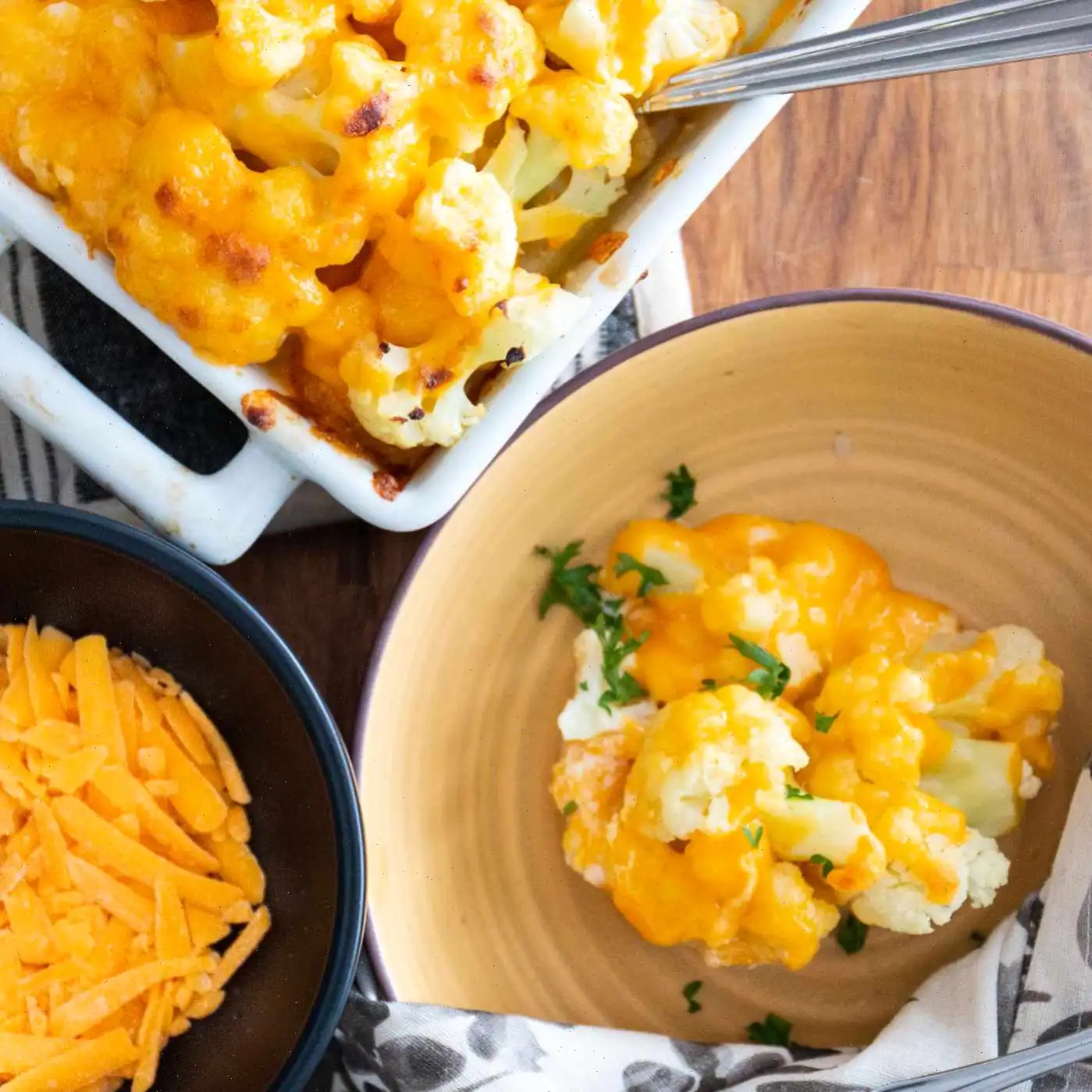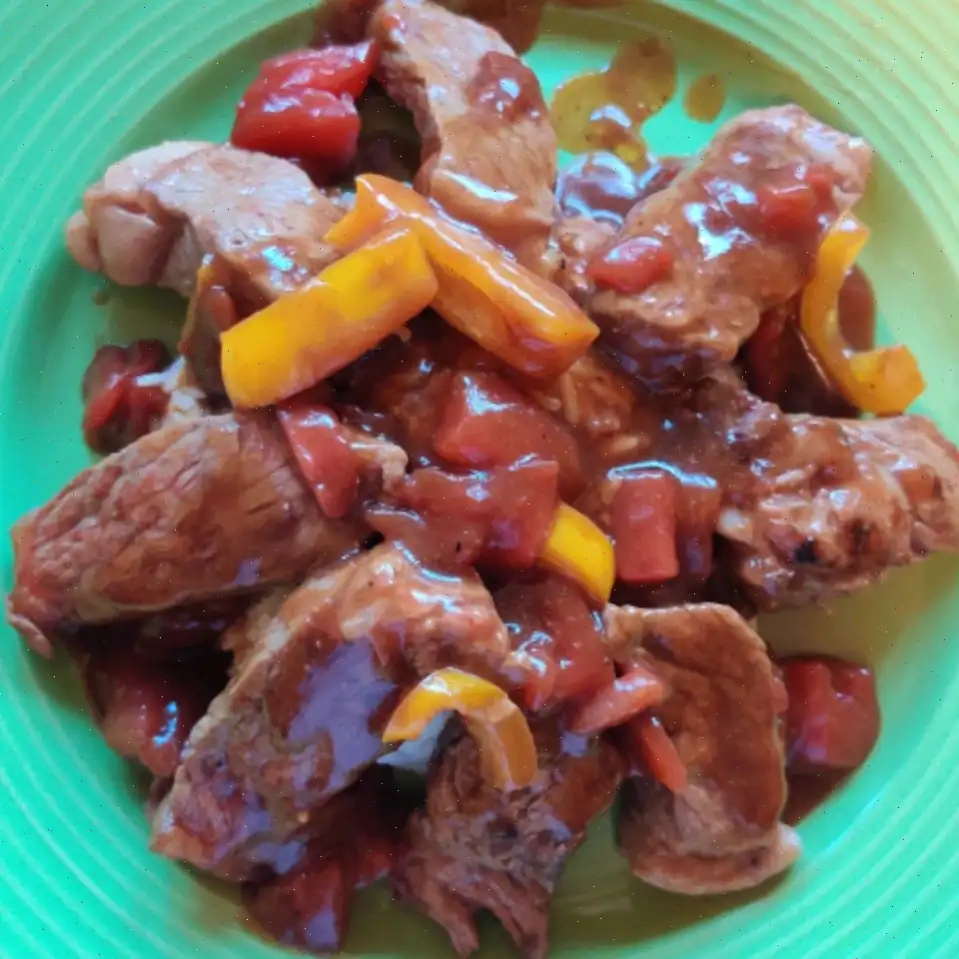
Caramelized Onion and Roasted Garlic Pasta Recipe
Ingredients:
- Roasted Garlic:
- 2 heads garlic, separated into cloves and peeled
- 6 tablespoons olive oil
- 2 sprigs fresh thyme
- Caramelized Onions:
- 1 large white onion, thinly sliced
- 2 tablespoons butter
- 3 tablespoons olive oil
- 1/4 cup water
- 1 tablespoon balsamic vinegar
- 1/2 teaspoon white sugar
- 1/2 teaspoon salt
- 1/2 teaspoon freshly ground black pepper
- Pasta and Sauce:
- 8 ounces heavy cream
- 4 cloves roasted garlic, or to taste
- 1/4 cup chopped parsley, divided
- 1 cup grated Parmesan cheese, divided
- 8 ounces gemelli or other short pasta
Directions:
- Roast the Garlic: Preheat the oven to 250F (120C). Place garlic cloves in a shallow baking dish and cover them with olive oil. Lay the thyme sprigs on top. Bake for about 1 hour, or until the garlic turns golden brown and is easily mashed with a fork. Remove garlic from the oil and set aside. Reserve the oil for another use.
- Caramelize the Onions: Heat a large skillet over medium heat. Add the butter and olive oil. Add the sliced onions and stir to coat. Stir frequently to ensure even cooking. Once the onions start to color (about 15 minutes), add water, vinegar, sugar, salt, and pepper. Continue to cook for another 15 minutes or until the onions are soft, golden brown, and reduced by half. Lower the heat to medium-low once done.
- Cook the Pasta: In a large pot of lightly salted boiling water, cook the gemelli (or any short pasta) for about 11 minutes, or until tender yet firm to the bite. Stir occasionally to prevent sticking. Once done, drain the pasta.
- Prepare the Sauce: While the pasta cooks, add the heavy cream, 4 to 5 cloves of roasted garlic, 1 tablespoon of chopped parsley, and 1/2 cup of grated Parmesan cheese to the caramelized onions. Stir to combine.
- Assemble the Dish: Divide the cooked pasta among 4 plates. Spoon about 1/4 cup of the sauce on top of each serving. Sprinkle with the remaining Parmesan cheese, parsley, and freshly ground black pepper.
Cook's Note: You can serve the sauce as-is (a bit chunky), or use an immersion blender or food processor to blend it until smooth for a creamier texture.
Nutrition (per serving):
- Calories: 765
- Total Fat: 65g (84% Daily Value)
- Saturated Fat: 26g (128% Daily Value)
- Cholesterol: 104mg (35% Daily Value)
- Sodium: 786mg (34% Daily Value)
- Total Carbohydrate: 34g (12% Daily Value)
- Dietary Fiber: 2g (7% Daily Value)
- Total Sugars: 5g
- Protein: 14g (28% Daily Value)
- Vitamin C: 13mg (15% Daily Value)
- Calcium: 308mg (24% Daily Value)
- Iron: 2mg (10% Daily Value)
- Potassium: 285mg (6% Daily Value)
Percent Daily Values are based on a 2,000 calorie diet. Your daily values may be higher or lower depending on your calorie needs.
History and Origins
The Caramelized Onion and Roasted Garlic Pasta traces its roots to the rustic kitchens of Southern Italy, where simple ingredients were elevated through slow, patient cooking. While pasta itself has ancient origins, the pairing of sweet, deeply browned onions with mellow roasted garlic emerged much later as a reflection of the regions appreciation for transforming humble vegetables into luxurious flavors. Over time, this combination spread across Europe, gaining popularity among home cooks who valued both affordability and comfort.
Regional Characteristics
In Northern Italy, similar dishes often incorporate butter and cream, resulting in richer, silkier saucesan influence clearly visible in this recipe. In contrast, Southern Italian variations may feature olive oil and herbs such as thyme or rosemary, highlighting the natural sweetness of onions without heavy dairy. Each region interprets the dish differently, yet all share the same culinary philosophy: slow cooking enhances even the simplest ingredients.
How It Differs from Similar Dishes
Unlike traditional Alfredo or carbonara, this pasta centers on vegetable-driven flavor rather than cheese or eggs. The sauce is built from caramelized onions, which provide both sweetness and depth, and roasted garlic, which contributes a buttery, savory aroma. While it shares similarities with onion-based French dishes like soupe loignon, its creamy finish and use of short pasta shapes give it a distinctively Italian profile.
Where Its Commonly Served
Youll often find Caramelized Onion and Roasted Garlic Pasta in cozy trattorias, wine bars, and modern farm-to-table restaurants. It's a favorite during the cooler months, when diners crave warming dishes with layered flavors. Many home cooks prepare it for intimate dinners, pairing it with crusty bread or simple green salads.
Interesting Facts
Onions were once considered a symbol of endurance in ancient cultures, and garlic was used medicinally long before it became a culinary staple. Caramelization itself is a culinary technique that can take over an hour when done traditionally, transforming sharp onion notes into a jam-like sweetness. The dish also reflects a modern shift toward slow comfort food, celebrating the process as much as the final plate.
You can listen to this recipe in AI audio format. Simply click the play button below to listen to the content in a format that suits you best. It’s a great way to absorb information on the go!








